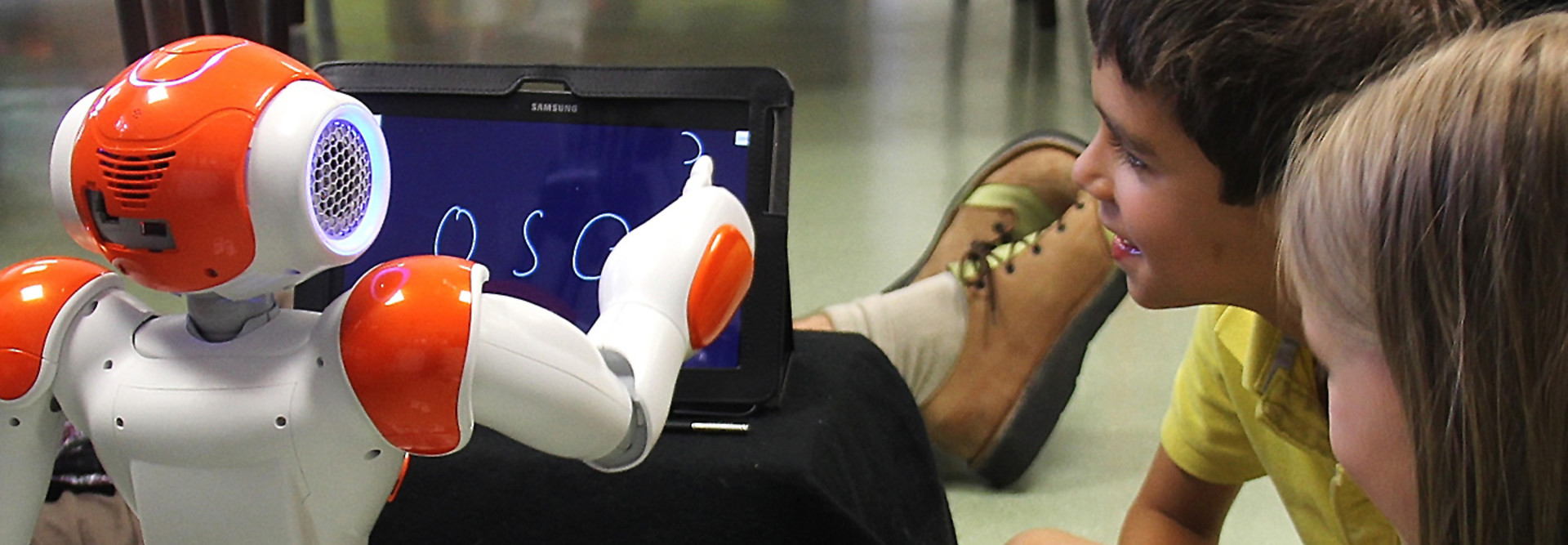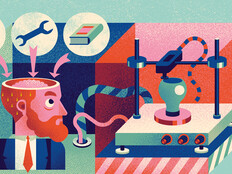Students Learn to Write by Teaching This Robot
A team of Swiss researchers have created a robot-powered education app that is opening new pathways for learning by turning students into teachers.
The NAO CoWriter Project helps students learn handwriting by teaching techniques to a 23-inch humanoid robot. The open-source app walks students through writing each letter, and then the robot performs its own handwriting on a tablet. Students then get a chance to correct the performance, and the robot gets a chance to improve its work.
The robot appears to act on its own and is even able to produce bad handwriting, thanks to algorithms programmed by the CoWriter team at the Computer-Human Interaction in Learning and Instruction Lab in Switzerland. These algorithms also ensure the robot’s lesson pace matches that of the student.
“From looking at a dataset of letters written by different people, you can mathematically determine the different features in the way that they write," says team member Deanna Hood, 23, in a video on YouTube. "So then it's a simple task to create some bad letters.”
The effectiveness of the child-robot relationship hinges on the “protégé effect,” Hood told The Sydney Morning Herald. Students befriend the fledgling robot and thus become more engaged in the lesson in order to help their new humanoid pal.
The team’s creation won first prize in the 2015 Association for the Advancement of Artificial Intelligence student-video competition.
The CoWriter system is still in a prototype stage and is being tested on a range of students with varying handwriting skills, according to The Sydney Morning Herald.
Robots Becoming More Commonplace in the Classroom
CodeHS, a startup that offers interactive programming classes for schools, uses a robot dog named Karel to facilitate coding lessons. Karel can be programmed to perform basic tasks through CodeHS's introductory courses.
Another tool making headway in education is Sphero, a line of programmable robotic toys that students can get to do all kinds of tasks, from controlling drones to, say, lighting up and "dancing" when their owner receives tweets.









